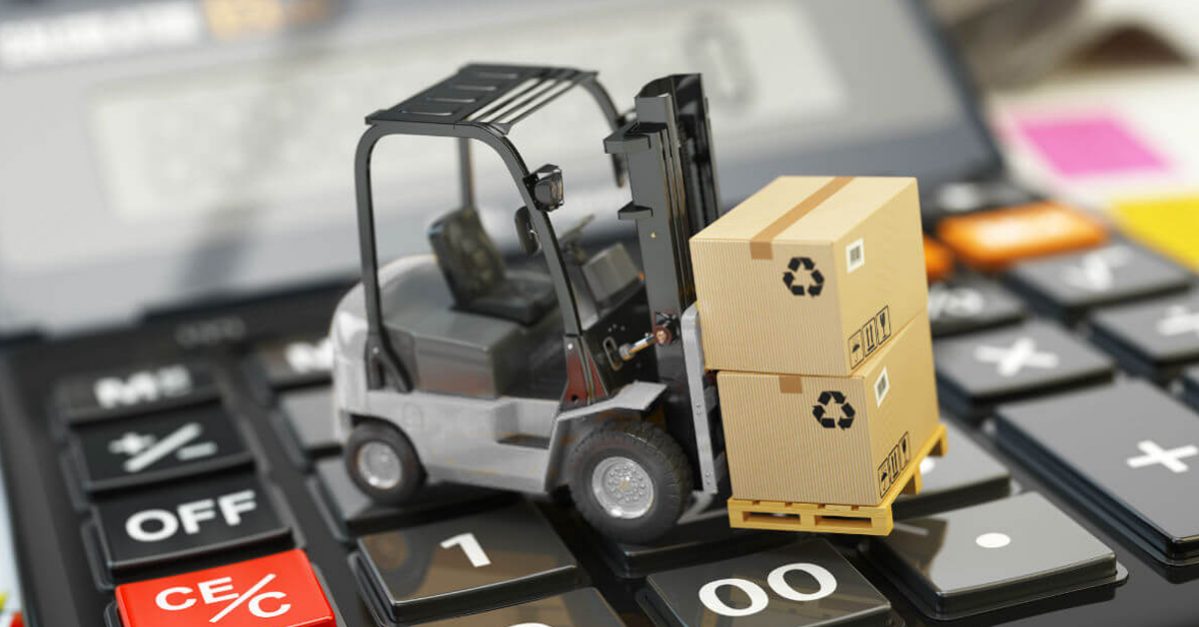Purchasing New Equipment? Consider Lease and Financing
When acquiring a new piece of material handling equipment, businesses have unparalleled access to a wide range of financing options from equipment manufacturers and financing companies alike. With so many options available, most of the barriers that previously prevented companies from acquiring new equipment are no longer an issue. In fact, lease agreements now account for approximately 50% of all new acquisitions, demonstrating the utility and attractiveness of modern financing options (ConstructionEquipment.com expects this number to rise up to 64% over the next 10 years). Viewed from this perspective, the proliferation of financing options represents a panacea of sorts, opening up opportunities for more businesses to benefit from new equipment without overly burdensome monthly payments or sacrificing the flexibility needed for continued growth.
Keep in mind, however, that the expanding range and complexity of financing options also creates a degree of uncertainty and hesitancy for businesses that are unfamiliar with the available options. Amidst the confusion, it can be easy to forget about the intended purpose of all of these options – providing financing solutions that are uniquely suited to your business’s needs and direction. Developing a comprehensive understanding of a business’s unique needs, and the challenges of the application, then, is a critical first step during the selection process. This principal also applies to the financial arrangements used to acquire the equipment – whether purchased outright, rented, leased or financed.
Among the most important factors to consider are the overall intensity and usage projections for the application, the projected growth and development of the business, and the nature of any previous financial commitments or arrangements. Each of these factors should feature prominently in any decisions regarding new equipment acquisitions.
Usage and Application
Both the usage rates and the nature of an application are important considerations during the equipment acquisition process. The rates of most lease and rental arrangements, for example, depend upon the number of hours put on a piece of equipment and the environmental conditions present at a work site. As the projected number of hours increase and the applications become more challenging, monthly rates tend to increase at a proportional rate. As a result, it is paramount that your usage predictions are accurate in order to avoid paying more than necessary while avoiding the financial penalties that result from overtures.
For businesses at either extreme, the economic lifespan of material handling equipment means that direct purchases the most sensible option. Since most lease agreements place heavy restrictions on the maximum number of hours, operations at the high end of the spectrum could potentially exhaust the available hours well before the end of the agreement, rending the equipment unusable without substantial overtures and additional charges. Meanwhile, a well-maintained forklift will last 10 – 20 years in a low usage application, well beyond its economic life.
Growth, Development and Financial Flexibility
For many businesses, the prospect of buying a new forklift represents a careful balancing act between their current needs and available capital on the one hand, and a desire to limit long-term commitments without leveraging growth on the other. Instead of purchasing the equipment, we advise these businesses to pursue an operating lease agreement, as this provides the utility of ownership while maintaining the financial flexibility necessary for continued growth.
With an operating lease, business owners are able to focus on the core aspects of their business as services like equipment maintenance, upkeep, and installation are generally included within the terms of the agreement. What’s more, this also helps to reduce financial uncertainty by eliminating unexpected expenses related to equipment use, which are covered under the lease agreement. And, by claiming the monthly payments as an operating expense on your taxes, leased equipment may provide additional financial relief.
Still Confused?
If you’re still uncertain about which option best suits your business, reach out to your local Stärke dealer and request some information on the financing options available in your area or check out some of the following resources:
Should You Rent or Buy a Forklift Blog
Key Questions to Ask When Purchasing Material Handling Equipment Blog


Your style is so unique in comparison to other people I’ve read stuff from. I appreciate you for posting when you have the opportunity, Guess I’ll just bookmark this web site.